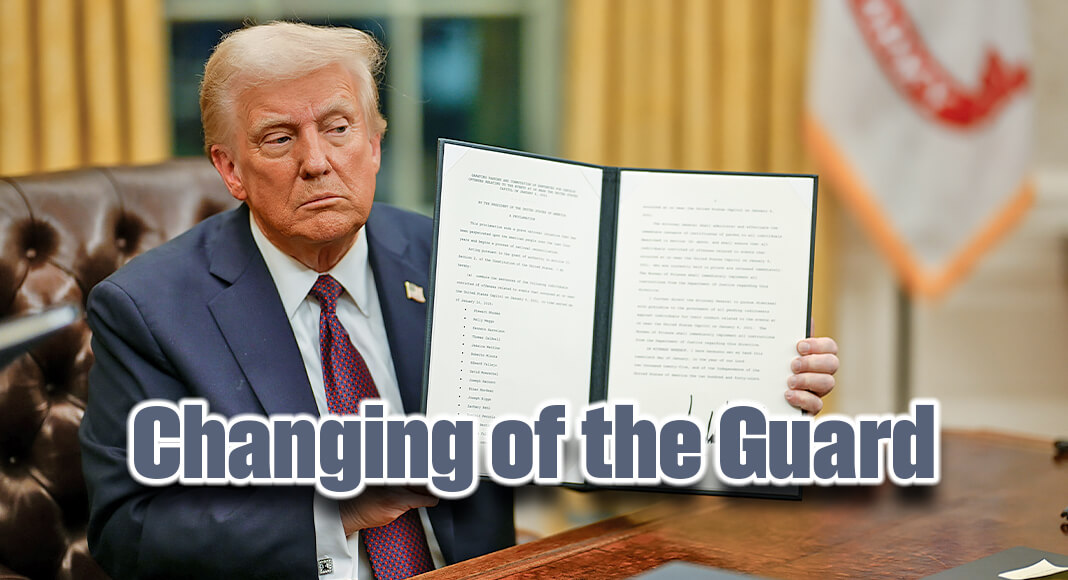
Texas Border Business
President Trump hit the ground running, signing a pile of executive orders on a variety of topics on day one and rapidly implementing other changes. Some will result in immediate action, but many are merely symbolic or will require Congressional approval. Still others are in conflict with constitutional requirements and some will face legitimate legal challenges. Not surprisingly, responses have been loud and mixed both here and around the world. Let’s look at what all of the sound and fury likely means for the economy when all is said and done.
I should start by saying that, from an economic perspective, presidents themselves rarely move the needle much on economic growth. Historically, the economy has fared (very) modestly better in Democratic administrations, but the difference is small (albeit statistically significant) and not necessarily caused by the president even after controlling for intervening factors. Instead, it’s usually other things that define outcomes in a specific period, such as geopolitical conflicts, energy markets, financial shenanigans, or structural issues.
Having said that, the administration will clearly shape things directionally. However, the shifts are unlikely to be as profound as campaign rhetoric might suggest due to economic, fiscal, and political realities.
As to tax cuts, we’ll probably see the extension of the 2017 Tax Cuts and Jobs Act (many provisions of which are due to expire at the end of 2025). Although trillions more in cuts have been hyped, it will be a challenge to implement most of them due to the accelerating pace of deficits and debt and growing realization among legislators that the pattern must be moderated.
Massive tariffs have also been discussed. Tariffs would typically be paid by the US firms importing the goods. Part of the cost increase will be passed along to consumers, leading to higher prices. More on tariffs on another day. Suffice it to say they would likely cause losses of millions of US jobs and higher food and housing prices, and even if implemented would soon be eased.
Deporting additional individuals will undoubtedly occur to some extent. However, given the long- term demographic realities confronting the workforce and the large proportion of undocumented workers in some critical industries (such as agriculture, construction, hospitality), massive deportations are unlikely because of the sheer disruptions. Decreasing regulation in some areas will encourage growth and investment, but many requirements are essential for our health, safety, and sustainability.
Whether you’re deeply concerned or elated about what may happen (or some of both), the ultimate reality is likely to be much more muted. Although we will see movement in the directions championed in the campaign, there will be a variety of factors slowing and diminishing the degree of change. Stay safe!
___________________________
Dr. M. Ray Perryman is President and Chief Executive Officer of The Perryman Group (www.perrymangroup.com), which has served the needs of over 3,000 clients over the past four decades.















